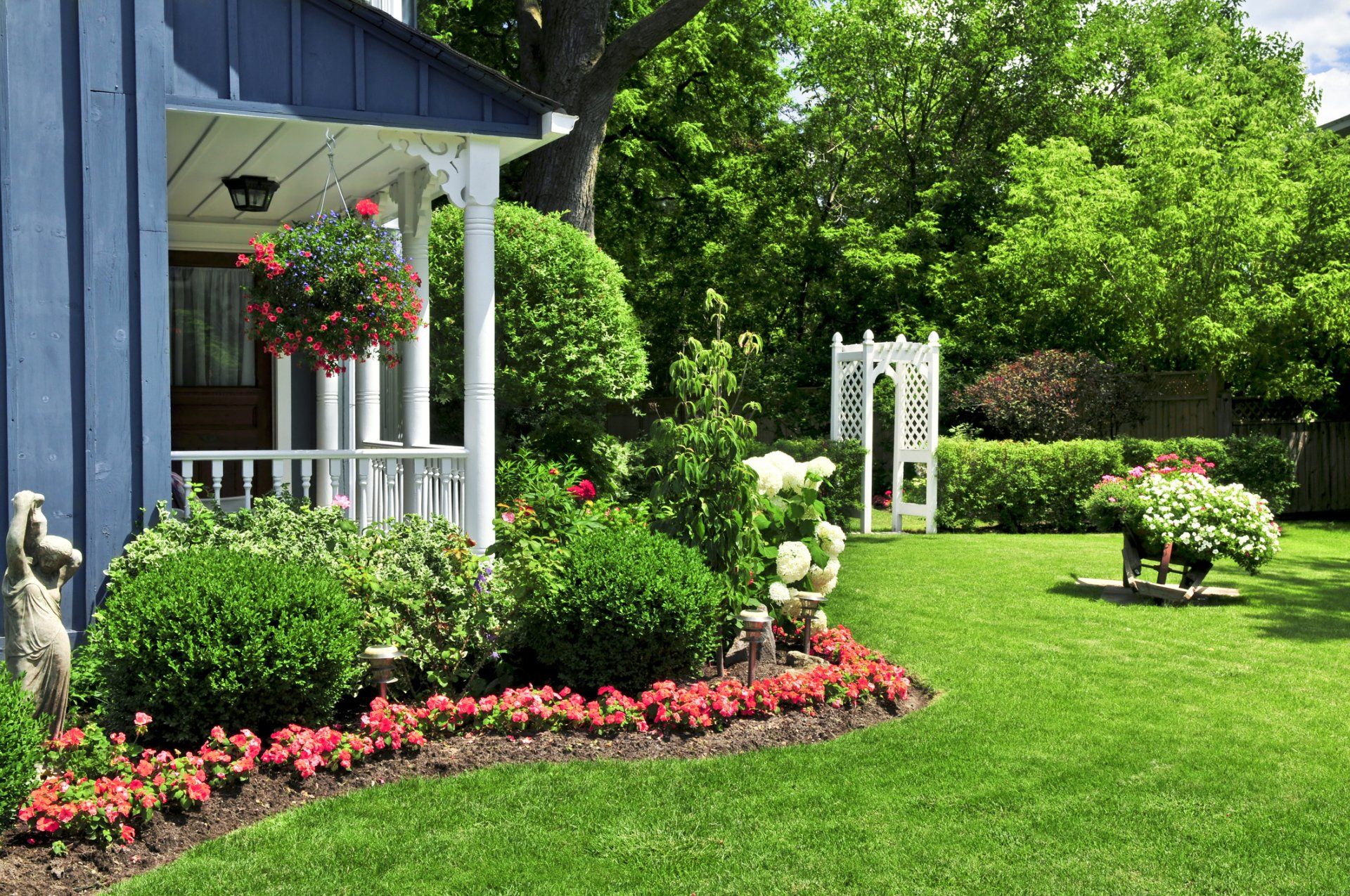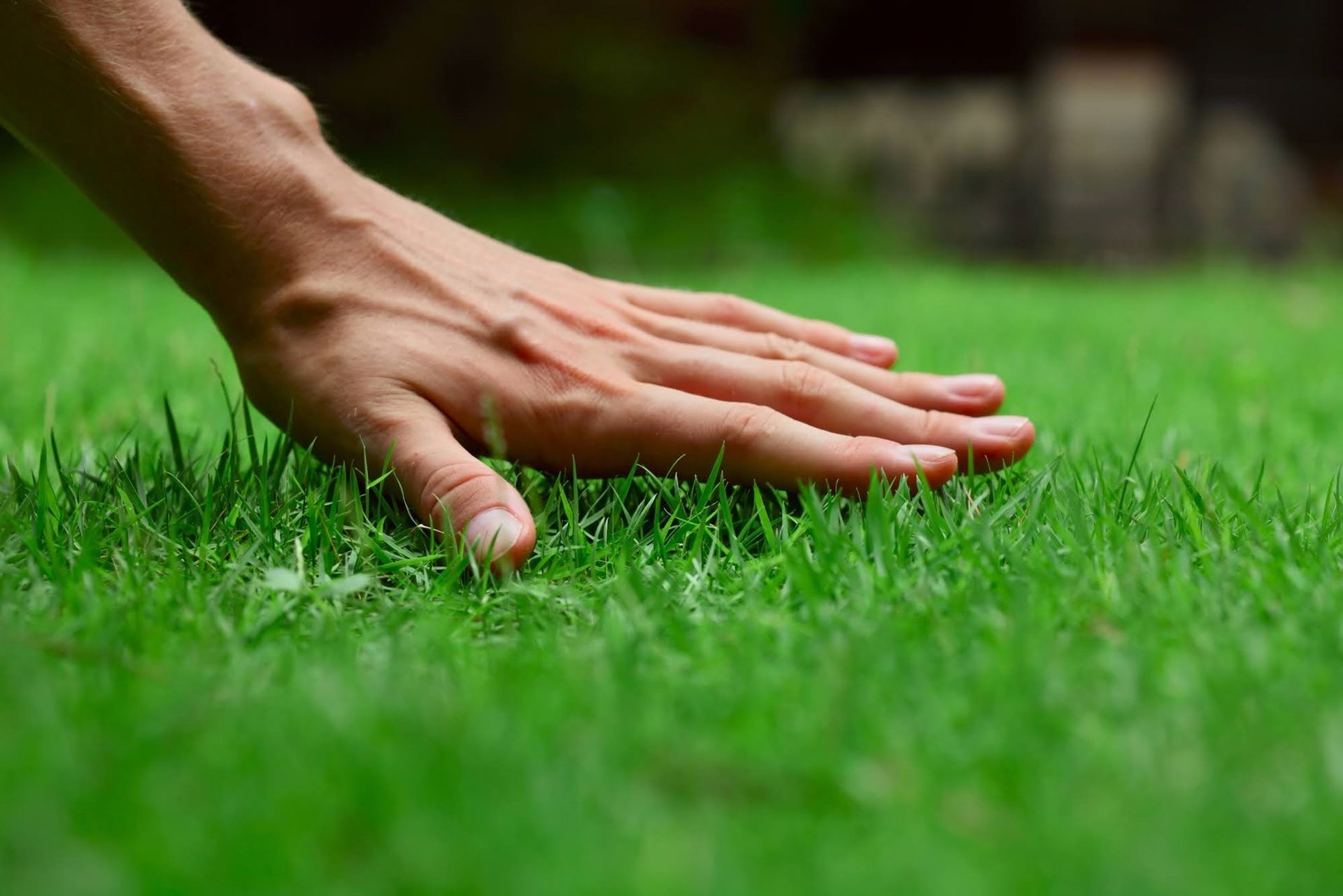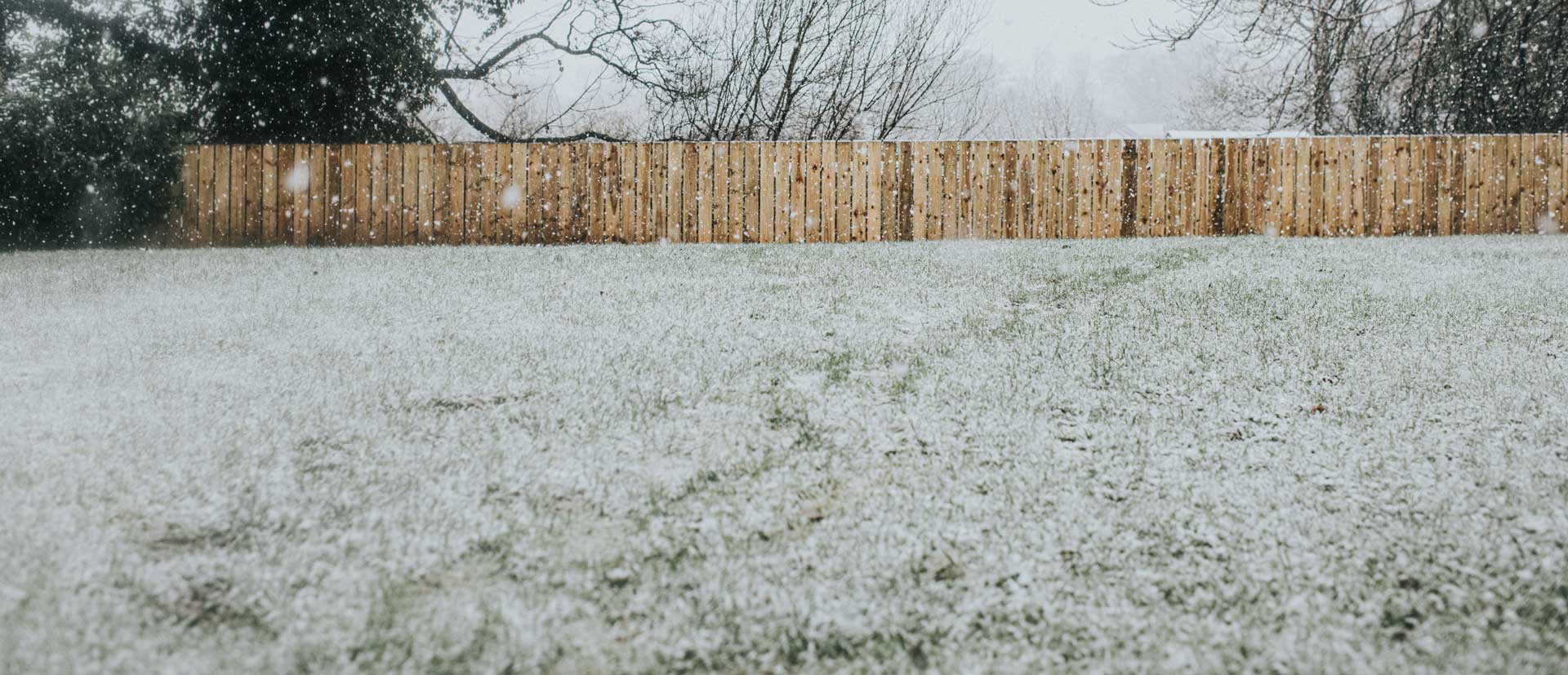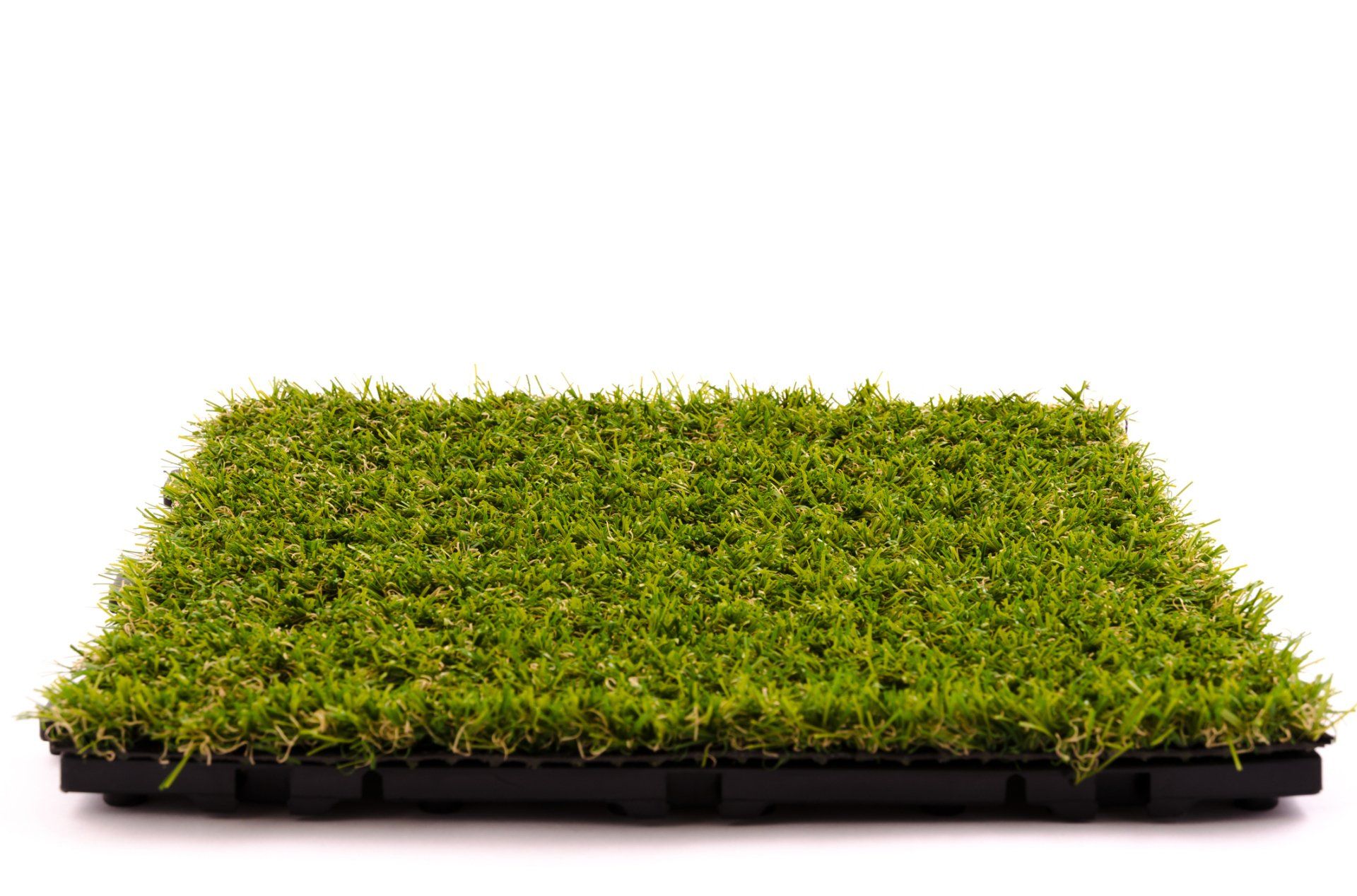Tips for Designing a Shade-Tolerant Garden
- By Admin
- •
- 09 Sep, 2019
- •

A shady backyard can be a blessing. However, if you have a lot of shade from trees with wide canopies or from nearby buildings, you may not be able to grow an enjoyable garden. Luckily, you can landscape even shady areas with the right plan in mind. Below are several shade adaptation tips for designing a shade-tolerant garden.
Prepare the Area for Sod
One of the most common problem areas for growing grass is under a tree. Naturally, the wide canopy prevents sunlight and sometimes even moisture from reaching the grass. Therefore, if you plan to add sod under a shady tree, consider pruning the tree back. The goal is to allow as much sunlight as possible through to the sod.
Naturally, you don't want to create a hole in your tree. So, in addition to the pruning, add some soil to the area. The new sod will have to compete with the tree's roots for nutrients, so you want to mitigate the competition in the initial phases of growing. To that end, once you've laid the sod, you'll probably need to add extra water and fertilizer at first.
Start with Shade-Tolerant Grass
Homeowners often despair at creating a lush lawn if they have shady areas in their yard. The main problem is likely the grass variety. Many lawn blends feature grasses like Kentucky bluegrass, which doesn't tolerate shade well.
For cool lawns, meaning those predominantly in cooler climates, the best lawn blends contain any variety of fescue. You can find these blends in both seed and sod. A side note is that fescues are symbiotic with a fungus called endophytes. The fungus helps make the grass resistant to heat and drought and even some insect infestation.
For warm lawns, meaning those in warmer climates, the best grass is St. Augustine. This grass is found exclusively as sod or sprigs, not seed. You can also look for sod that contains Zoysia or Centipede grasses.
Create a Mulched Planting Bed
Truthfully, the shadiest area under an established tree may be too much for new grass. So, consider a mulched planting bed.
If you start in late summer or early fall, you can use sheet mulching to create your bed. Mow any existing grass in that area, but leave the clippings. Build your perimeter in a material that best complements the rest of your hardscaping. Cover the bed with cardboard. The cardboard and existing plants will decompose and create mulch.
If you want your planting bed faster, till the soil in the desire area and add fertilizer. You can then cover the area in mulch after you've planted.
Use Shade-Tolerant Plants in the Bed
When you design your shade-tolerant planting bed, you may want to use a shrub as backdrop. The following shrubs can thrive with partial or even very little sun:
- Oakleaf hydrangea
- Rhododendron
- Virginia Sweetspire
- Serviceberry
- Daphne
Think about how you want your garden bed to look from different angles, and plant the shrub so that it provides a backdrop for the plants going in next.
Next, add some shade tolerant flowers in front of the shrub. The following are just a few examples:
- Calendula
- Larkspur
- Fuchsia
- Impatiens
- Begonia
Your best bet is to consult with your landscaping experts or local gardening center for shade-tolerant flowers that will thrive in your soil.
Plan to Aerate the Lawn
You don't have to worry about this step in the design phase. However, you will notice many benefits if you aerate your lawn, which allows water, fertilizer, and air to reach the roots. Aeration is especially useful for shady lawns to keep the grass hardy.
When to aerate depends on whether you've sodded a warm or cool lawn. Warm-season turf should be aerated in late spring or early summer. Cool-season turf should be aerated in early fall. The goal is to aerate just before grass enters its peak growing phase.
Don't leave the shady area of your yard bare. Instead, design a shade-tolerant garden. Consult with Wright Turf Farms for more shade adaptation tips.










